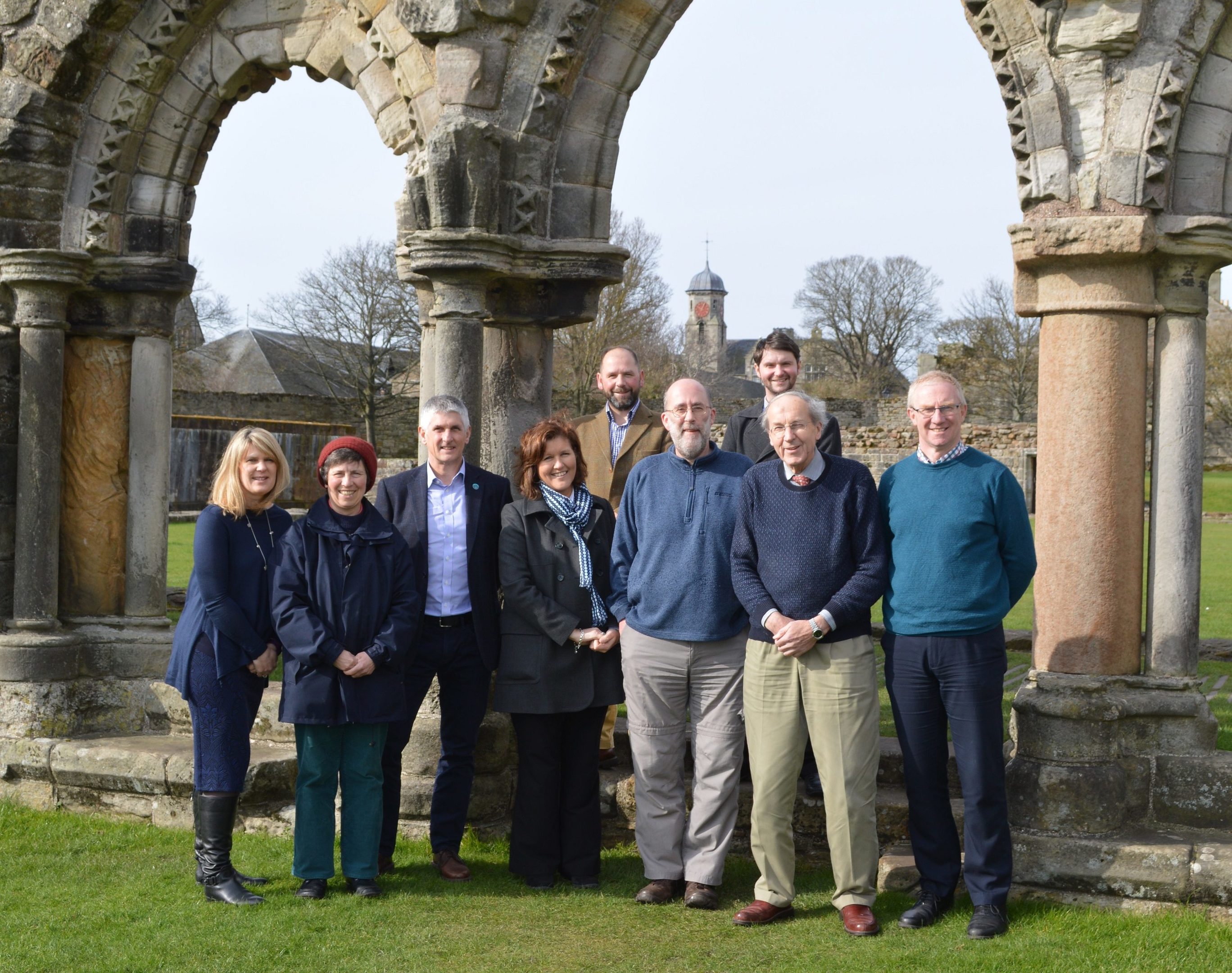Fife’s ambitious modern day Pilgrim Way is to become a reality thanks to £399,000 from the National Lottery.
Fife was known as Scotland’s pilgrim kingdom in medieval times.
Now the Pilgrim Way which begins at either Culross Abbey or North Queensferry echoes the spirit of those ancient journeys.
The route passes landmarks such as Inverkeithing Hospitium, Dunfermline Abbey, Markinch Church, and includes historic pilgrimage paths such as the Waterless Way at Ceres.
It ends in front of the grand ruins of St Andrews Cathedral, a town whose original street layout was designed to cater for the constant influx of pilgrims from all across Europe.
With a total distance of 70 miles, the route will link together many examples of the region’s medieval and pilgrim heritage, using Fife’s existing network of rights of way, paths and tracks to offer varied walks.
The project will seek to uncover and tell the story of pilgrimage through imaginative interpretation and activities.
Around 84% of the total cost of the project – £758,551 – has already been secured.
It will start once all of the remaining funding is in place, and is expected to be completed in around two years.
Led by Fife Coast and Countryside Trust, supported by Fife Council, the Scottish Pilgrim Routes Forum, the Fife Tourism Partnership, Historic Environment Scotland, Scottish Natural Heritage and Forth Pilgrim, its long term aim is to see the route included in Scotland’s network of Great Trails, linking award winning sites of natural beauty with historic centres and sites of medieval pilgrimage.
FCCT chief executive Chris Broome said: “Faith tourism is experiencing substantial growth, with all the economic benefits that will bring to business and communities in the vicinity of the Pilgrim Way.
“The trust already manages Fife coastal path, and a usage and impact survey undertaken in 2016 estimated that 3.35 million visits are made to the Fife coast every year, bringing significant economic benefit to Fife.
“It is anticipated that Pilgrim Way will bring further economic benefit to the region.”
Head of the Heritage Lottery Fund in Scotland, Lucy Casot, said the project will encourage people to explore the history and nature of Fife by following in the footsteps of medieval pilgrims.
She said: “We have seen great passion and enthusiasm from local communities in getting the project to this point and look forward to seeing them thrive thanks to the visitors the Fife Pilgrim Way will attract.”
